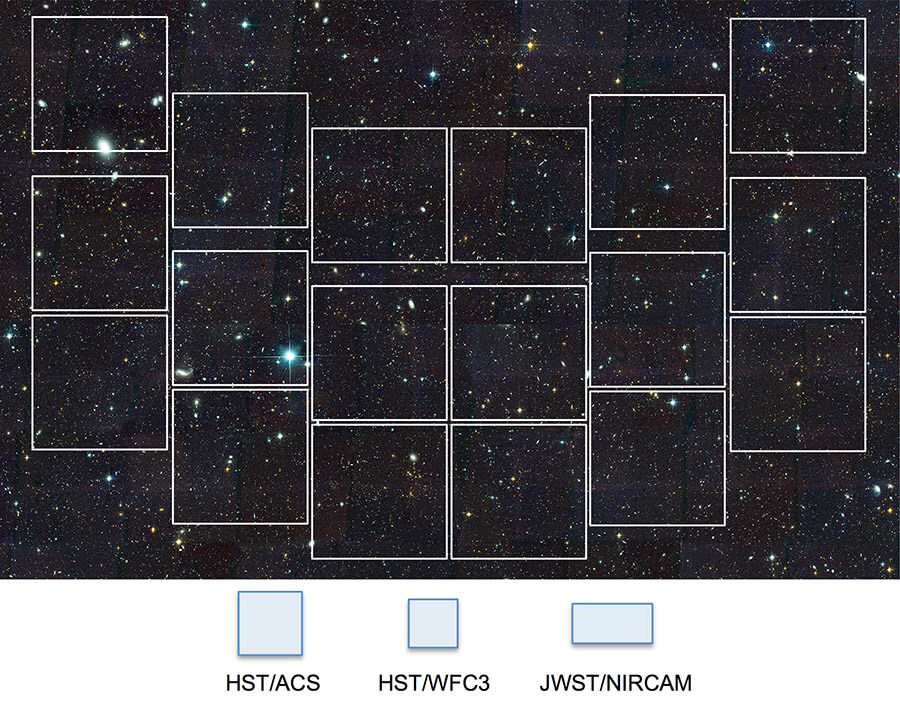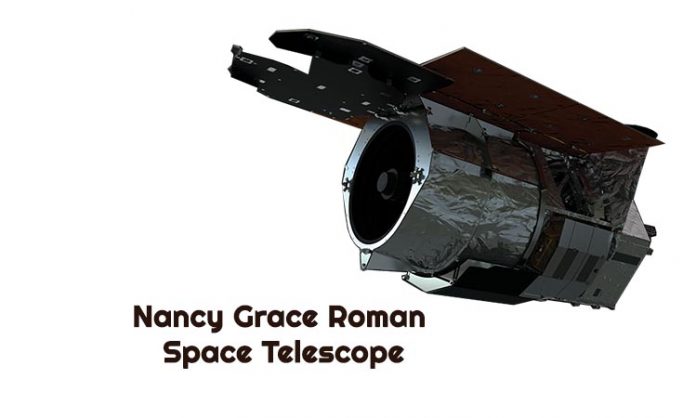

Hubble’s widest exposures, taken with its Advanced Camera for Surveys, are nearly 100 times smaller.
#ROMAN SPACE TELESCOPE WIKI PATCH#
WFIRST provides a more general capability in covering wide areas at visible and infrared wavelengths.Įach Roman Space Telescope image will capture a patch of the sky bigger than the apparent size of a full Moon.

Hubble adds to our picture of the universe in ways the Roman Space Telescope can’t by using ultraviolet vision that captures the high-resolution details, and by providing more specialized features for in-depth study of the light emitted by individual objects. When WFIRST opens its eyes to the cosmos, it will generate much larger images while matching Hubble’s crisp infrared resolution. Thirty years after its launch, Hubble continues to provide us with stunning, detailed images of the universe. Though it’s often compared to the Hubble Space Telescope, The Roman Space Telescope will study the cosmos in a unique and complementary way.

Using them, astronomers will explore everything from our solar system to the edge of the observable universe, including planets throughout our galaxy and the nature of dark energy.

As of July 2022, Roman is scheduled to be launched on a Falcon Heavy rocket under a contract specifying readiness by October 2026 supporting a NASA launch commitment of May 2027.NASA’s Nancy Grace Roman Space Telescope, formerly called the Wide Field Infrared Survey Telescope (WFIRST), planned for launch in the mid-2020s, will create enormous cosmic panoramas. On, NASA Administrator Jim Bridenstine announced that the mission would be named the Nancy Grace Roman Space Telescope in recognition of the former NASA Chief of Astronomy's role in the field of astronomy. On 17 February 2016, it was approved for development and launch. Roman was recommended in 2010 by the United States National Research Council Decadal Survey committee as the top priority for the next decade of astronomy. Stated objectives include a search for extra-solar planets using gravitational microlensing, along with probing the chronology of the universe and growth of cosmic structure, with the end goal of measuring the effects of dark energy, the consistency of general relativity, and the curvature of spacetime. The Coronagraphic Instrument (CGI) is a high-contrast, small field of view camera and spectrometer covering visible and near-infrared wavelengths using novel starlight-suppression technology. The Wide-Field Instrument (WFI) is a 300.8-megapixel multi-band visible and near-infrared camera, providing a sharpness of images comparable to that achieved by the Hubble Space Telescope over a 0.28 square degree field of view, 100 times larger than imaging cameras on the Hubble. The Roman Space Telescope is based on an existing 2.4 m (7.9 ft) wide field of view primary mirror and will carry two scientific instruments. October 2026 (contracted) - May 2027 (commitment) Ġ.48–2.30 μm ( Blue to Near-infrared) Ĭlose ▲ This visualization follows the Roman Space Telescope on its trajectory to the Sun–Earth Lagrange point L2. Wide-Field Infrared Survey Telescope (WFIRST) Rendered model of the Roman Space Telescope in May 2020


 0 kommentar(er)
0 kommentar(er)
